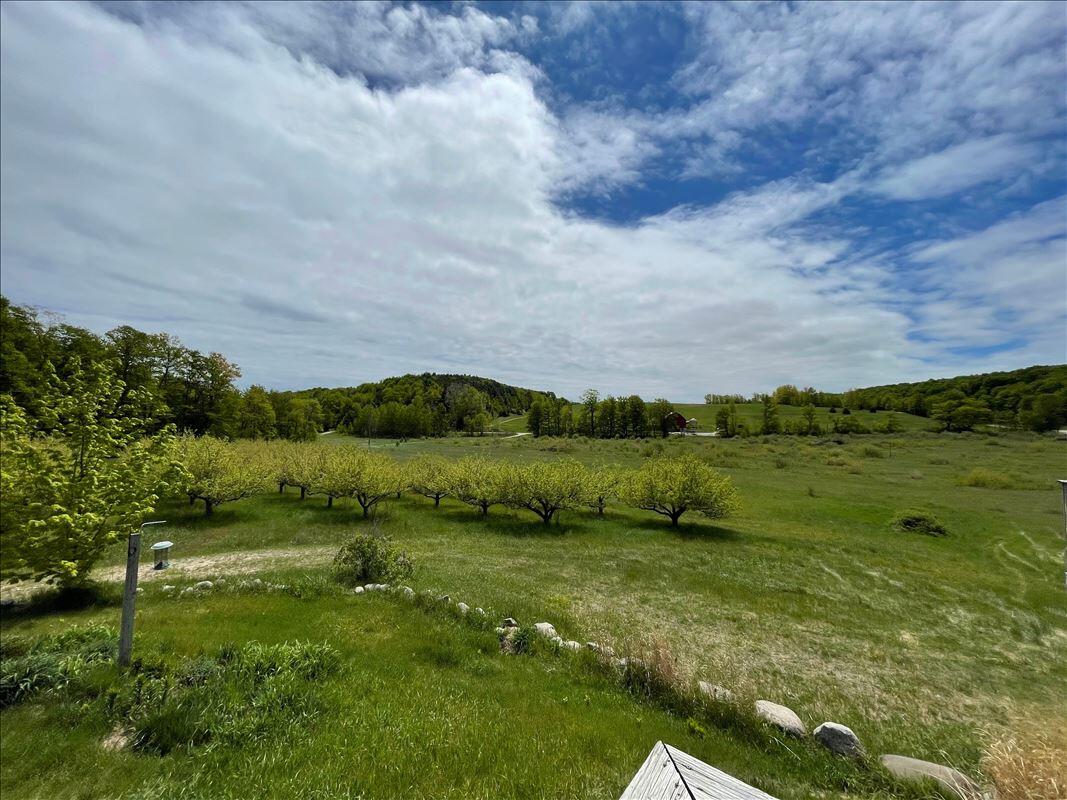 A new web-based program is moving across the state to preserve Michigan farms and farming communities by shepherding land to the next generation of stewards.
A new web-based program is moving across the state to preserve Michigan farms and farming communities by shepherding land to the next generation of stewards.
When you think of Michigan's largest economic drivers, what comes to mind? Automotive has topped the list for decades, but agriculture is an important second. Michigan's diverse food and ag system accounts for approximately $105 billion in economic activity annually. Though strong, the ag industry is contracting. Older farmers are leaving the industry faster than young farmers are coming in – at a rate of 4 to 1– and while some older farmers have heirs, many do not. The good news is many first-generation farmers want to step into those shoes, but most are not from farming backgrounds and struggle to find land.
So, how do we unite these landless young farmers with those about to park their equipment for the last time? Enter MiFarmLink.org, a platform where Michigan growers leaving the industry can post their land where new farmers needing acreage can find it.
Though MIFarmLink now focuses on serving farmers in SE Michigan, the program was founded by Ottawa County in 2020 with funds from the United States Department of Agriculture's Beginning Farmer and Rancher Development Program. As the third largest agricultural economy in the state, with the fastest growing population, it made sense for Ottawa County to be the first hub for MIFarmLink. To help beginning farmers, the agricultural leaders and advocates who started this program wanted to focus on protecting farming's very finite critical asset – land.
"Other states have successful platforms to connect and support farmers of all ages," said Becky Huttenga, economic development coordinator for Ottawa County and project lead for MIFarmLink. "And there are plenty of resources out there for Michiganders interested in farming, but we as a state lacked a sort of one-stop shop."
Success and Passing the Baton
Since launching in 2021, MIFarmLink has connected farmers from Leelanau to Washtenaw and features information about land for sale, succession planning, mentorship, and events. The website garnered the attention of Ann Arbor's Natural Area Preservation, Land Acquisition, and Sustainability deputy manager, Remy Long. He was amazed by the timing. "Washtenaw region land protection specialists have long recognized the need for a platform like MIFarmLink and were finally about to start fundraising to create one when I heard about the work Ottawa County was doing." Thanks to Long, MIFarmLink was connected with land preservationist Trilby MacDonald, who led the effort to create a land link program in Washtenaw County.
MacDonald says, "As a former farmer who struggled to buy land, watching the conversion of farmland to developments is especially painful. Conservation leaders had talked about the need to develop a tool to connect farmers for years, but nothing happened. So, I volunteered to get local conservation leaders together to gather data and raise money." Macdonald, Huttenga, and Megan DeLeeuw, Washtenaw County Conservation District executive director, worked together to obtain two years of financial support from the Americana, Towsley, and the Carls Foundations, which Huttenga describes as "leaders in community programming, that appreciate the need to support our first generation and underserved farmers as they pursue their dreams in agriculture." Their support has allowed for MIFarmLink's next phase of growth, which will take place in SE Michigan through the Washtenaw County Conservation District.
Conservation District executive director DeLeeuw shared that "as home to the largest number of beginning farmers in the State, and with large diversified and thriving direct markets, Washtenaw County is an ideal location to start an agricultural business, which is why it is also the perfect place to continue to build MIFarmLink." A Washtenaw County local, Sam Stokes, has been hired by the WCCD to serve as the full-time MIFarmLink Coordinator. "As a farmer in the southeast Michigan region, this project really grabbed my attention," said Stokes. "The cost of land and the rate at which it's being sold for development is frightening, and MIFarmLink will be a great tool to get land into the hands of new farmers rather than developers."
MIFarmLink will grow under the guidance of an advisory committee of agricultural community leaders, dedicating their time and expertise to making MIFarmLink a platform and program that represents and serves their communities. These advisory committee members each wear numerous "hats" within the food system that include but are not limited to land preservationists, beginning and first-generation farmers, legacy farmers and agricultural landowners, food systems experts, educators and advocates, and community organizers.
To stay updated on MIFarmLink, subscribe to their Enewsletter, keep tabs on the website, and follow/like the Facebook page.
[This article was prepared by the MIFarmLink Coordinator and posted on Americana's website with permission.]
